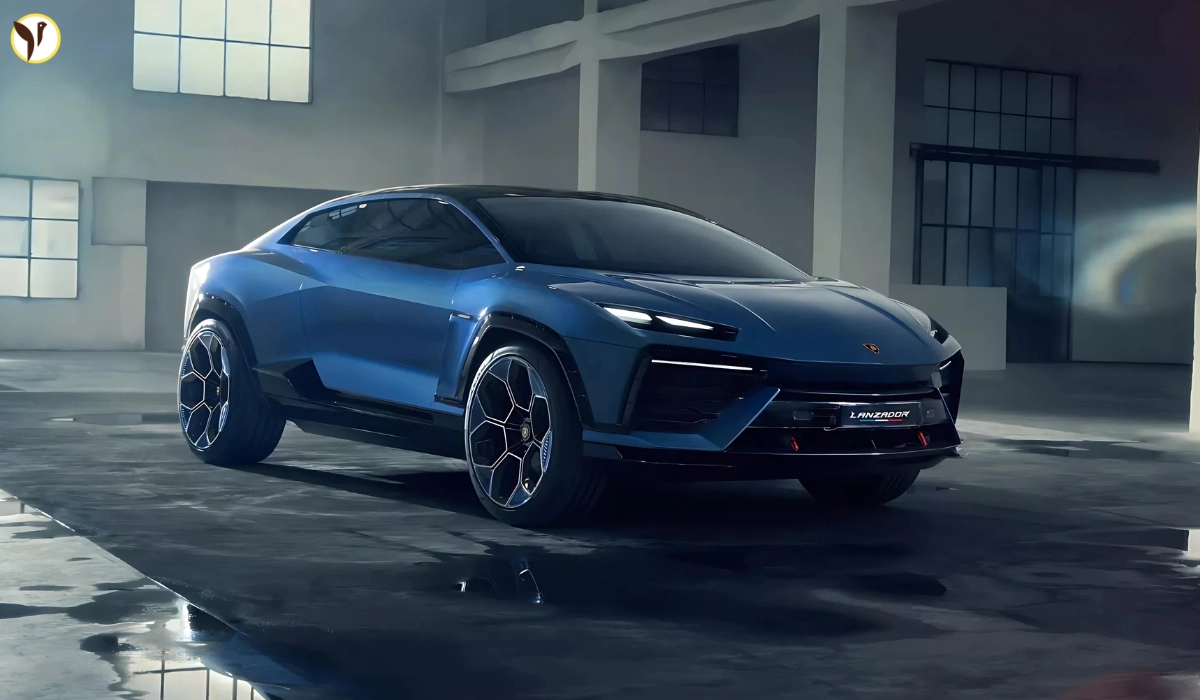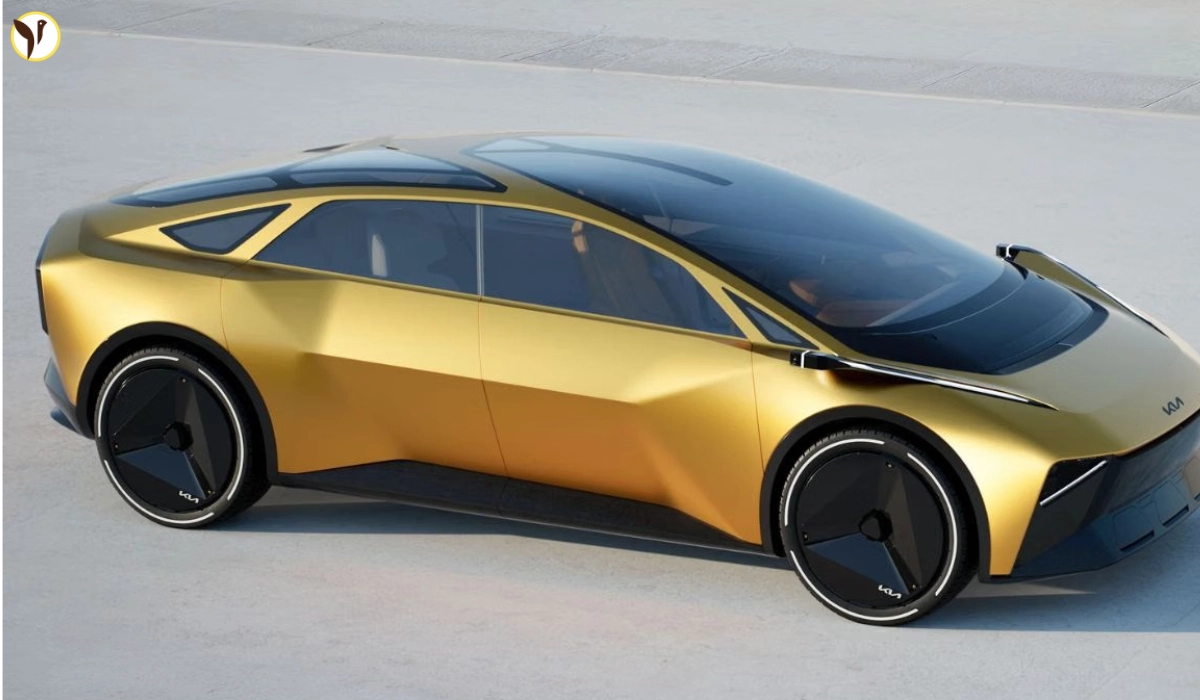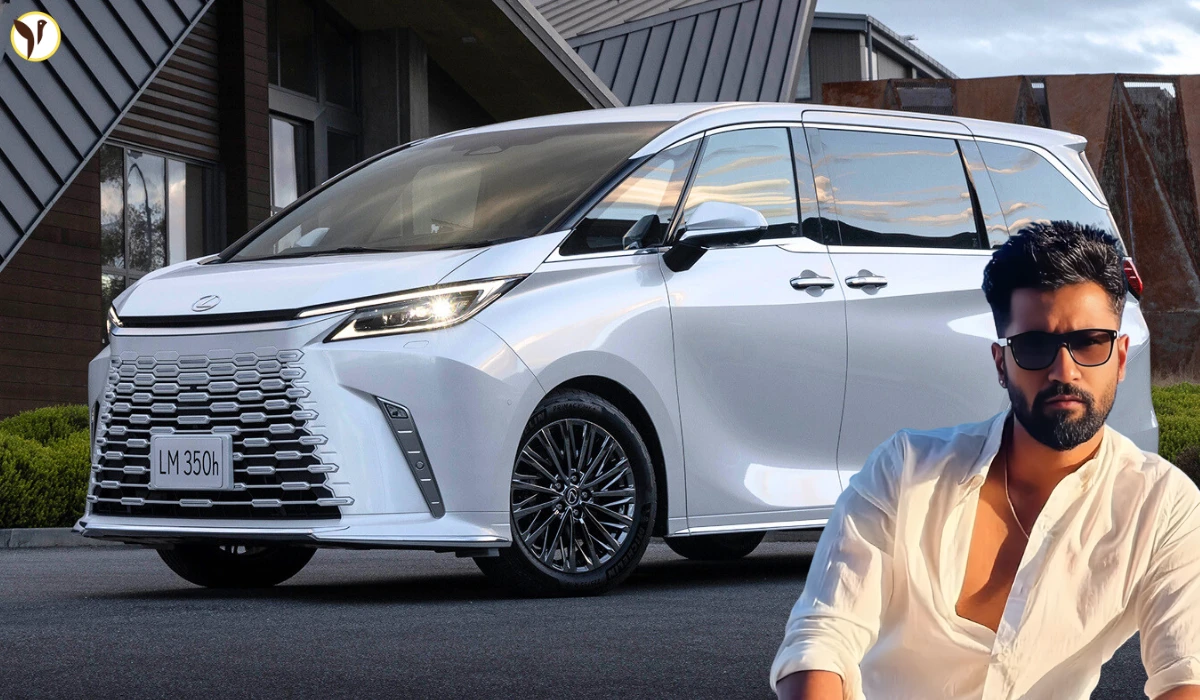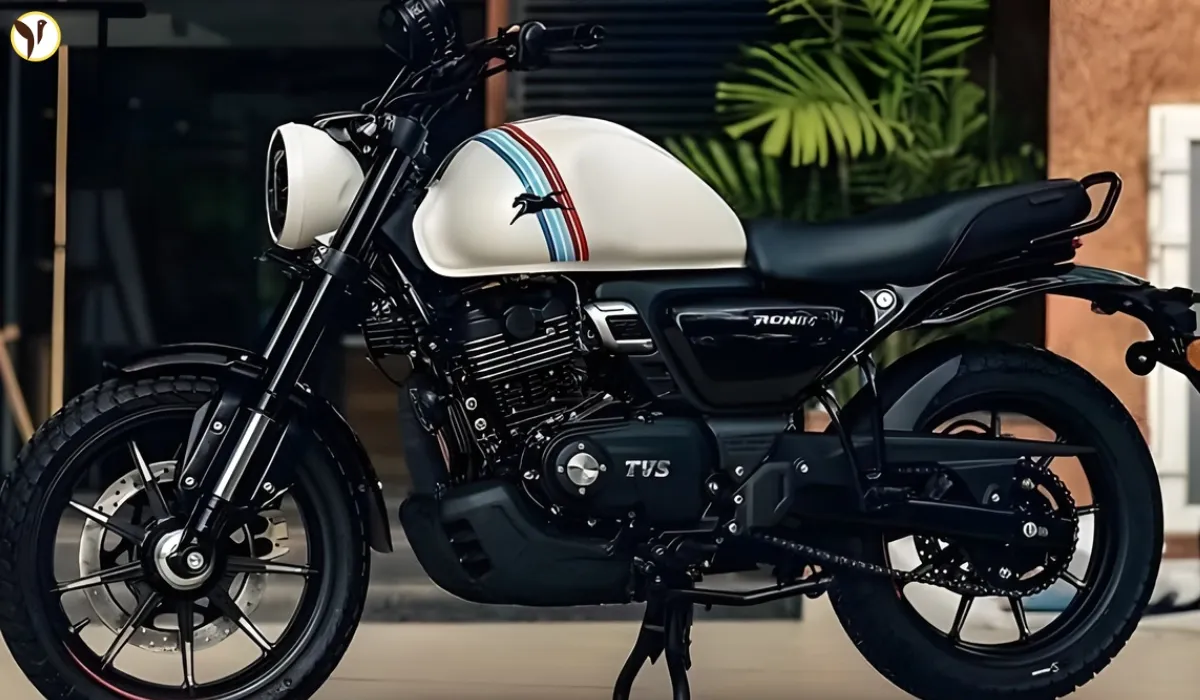Lamborghini has shaken things up by stating that their next-generation Urus is going to premiere as a plug-in hybrid, and not only as a fully electric vehicle. Lamborghini CEO Stephan Winkelmann stated that customers are not ready to forego combustion excitement, making the plug-in hybrid Urus, appearing sometime around 2029, a better proposition than a fully electric Urus, as it satisfies both the performance expectations of the drivers and additional environmental requirements. This hybrid path gives the drivers the familiar V8 roar, along with lower emissions. Just a clever hold-off— or an indication that full EV acceptance within the supercar segment is not a race?
EV Timeline Moves to 2029
Originally scheduled for a 2028 launch, Lamborghini's first EV—the four-door crossover based on the Lanzador concept—has now been delayed to 2029. Winkelmann said that the luxury supercar space simply "isn't ready" for full EVs until later in the decade, so while they want to move into the EV space, they can do so at a time that meets customer expectations and infrastructure.

ICE Lifestyle Isn’t Over Yet
Lambo's tech chief confirms that the brand will continue to produce combustion-vehicles "as long as possible." The 2026 Temerario will be a hybrid V8 supercar, providing the visceral drama of an engine with a garnish of electric assistance. That 10,000 rpm V8 and a touch of hybrid theatrics ignite the passion—something that rival Ferrari and Porsche seem to communicate in their hybrid-first strategies.

Synthetic Fuels as a Wild Card
In addition to electrification, Lamborghini is working on synthetic fuels—carbon-neutral fuels that are made to run in a pure combustion engine. This path would give the manufacturer the option to keep the signature engine roar, while still meeting emissions regulations. Basically, they're putting their chips on a multi-path future: hybrids, e-fuels, and then EVs.
How This Stacks Up in the U.S.
This is an important issue for American drivers. While Ferrari is on track to build its first EV in 2025, Lamborghini is taking a more measured approach. The hybrid approach maximizes the driving experience for enthusiasts who value the noise of an internal combustion engine and performance. The hybrid approach also makes sense in the U.S. where outside of urban areas, charging is a little less reliable.

Specification Table – Lamborghini's Electrification Strategy
| Model / Plan | Powertrain | Expected Launch | Key Notes |
| Next-gen Urus | Plug-in Hybrid (PHEV) | ~2029 | V8 engine combined with electric motor; EV version postponed to ~2035 |
| Lanzador (first EV crossover) | All-Electric | 2029 | Premium 4-seat crossover; first full EV from Lamborghini |
| Temerario (V8 Hybrid Supercar) | Hybrid V8 + e-motor | 2026 | New hybrid supercar with high-revving 10,000 rpm V8 |
| Revuelto / Urus SE | Hybrid V12 / Hybrid V8 | 2024–2025 | Currently available hybrid Lamborghini models |
| Synthetic Fuels Discussion | Fuel-based ICE | Ongoing | Under development as a carbon-neutral alternative to gasoline |
Conclusion
Lamborghini recently delivered a strong signal to the electric vehicle movement: not so fast. Just as many automakers sprint towards an all-electric front, the Raging Bull is taking a slower and more purist-friendly approach. Between delays on a full EV line and heavy investments in hybrids (one with a screaming 10,000 rpm V8!), Lamborghini is doubling down on performance, passion, and identity before fully plugging in.
Source(Image / Thumbnail): carscoops









